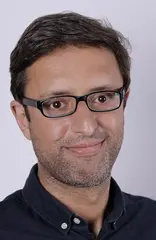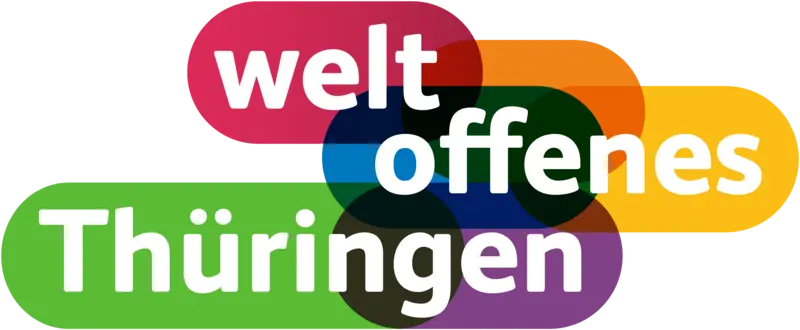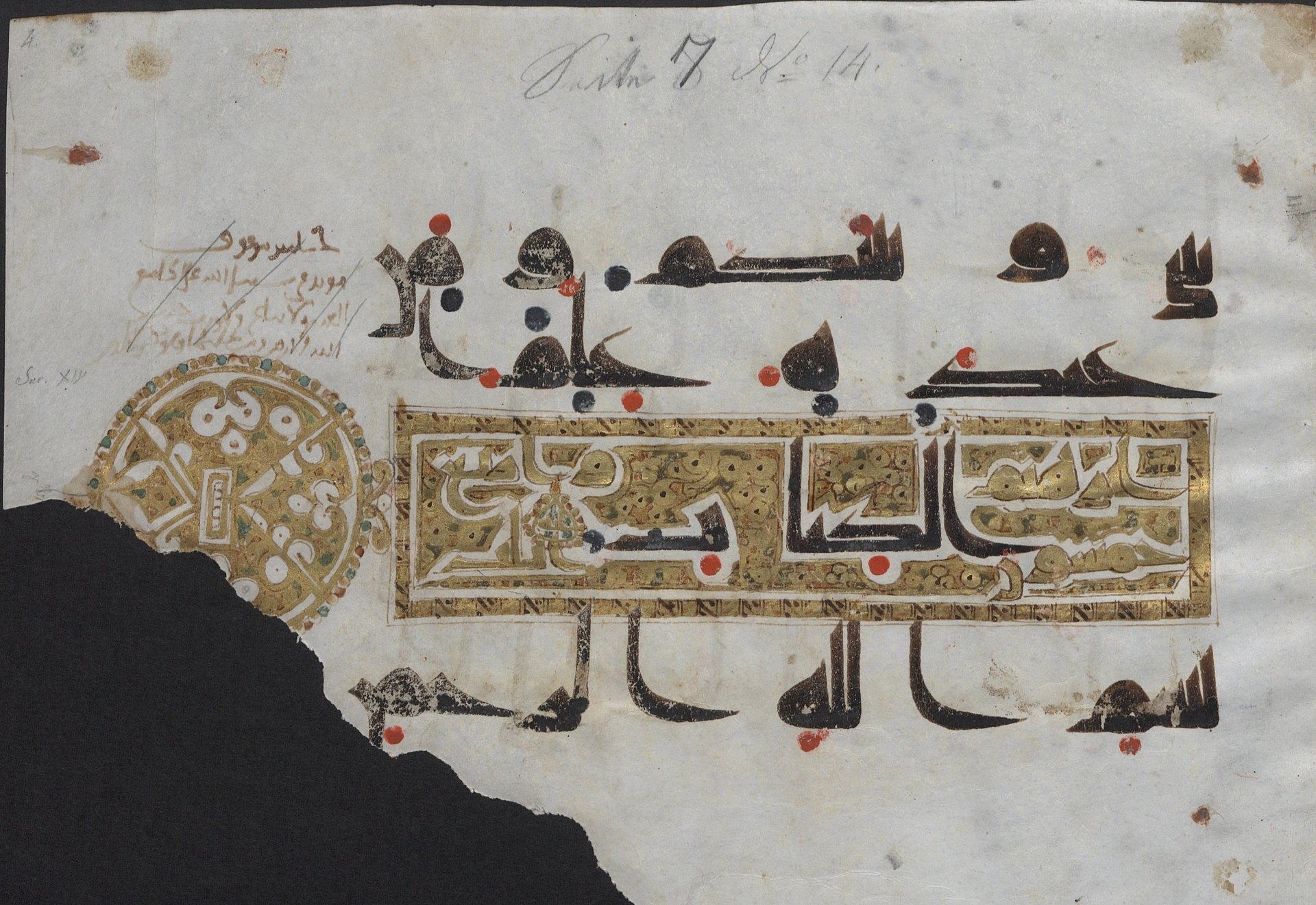The Gotha Research Library holds a valuable collection of fragments from early Qur’an manuscripts on parchment that were once preserved in the Mosque of ʿAmr b. al-ʿĀṣ (d. 664) in Fusṭāṭ, the ancient urban foundation located to the south of modern-day Cairo.
The provenance of the collection is well documented, but places and dates of manufacture are not given in the manuscripts. They instead exhibit a variety of elements added to the manuscripts over time, including updates to the writing systems, recitational signs, reading traditions, grammatical theories, corrections, and markers used to subdivide and navigate the text. The stratification of these changes and additions, however, are often imperceptible to the naked eye. What is seemingly identical may be the result of different agencies at different chronological stages in the life of the artefact. Conversely, what is seemingly different may in fact be the result of age and degradation.
How can codicologists and philologists approach the reading of manuscripts and their texts? Appearance must be filtered with the help of historical and philological knowledge to formulate hypotheses and address questions. In this paper, I show that non-destructive techniques for material analysis of pigments and inks can support or disprove hypotheses and solve uncertainties. They can contribute to the localisation and dating of manuscripts. In fact, establishing correlations between pigments or inks can provide a relative chronology and a clustering tool for manuscripts. If visual examination proves unsuitable to read these early Qur’anic manuscripts, the combination of historical, codicological, and philological interpretation with archaeometry offers an interdisciplinary methodology for manuscript studies and text analysis.
This talk presents ongoing research conducted in the framework of the project “What is in a scribe’s mind and inkwell” and shows some elements in the manuscripts that appear both seemingly identical and seemingly different that have been interpreted and solved by applying archaeometrical philology. The initial findings of this analysis, conducted in collaboration with the laboratory of CSMC Hamburg from the Cluster of Excellence “Understanding Written Artefacts” in February 2025, will be presented.
Alba Fedeli is a research associate at the Cluster of Excellence “Understanding Written Artefacts” (Universität Hamburg), as PI of the research project “What is in a scribe's mind and inkwell”. She studied in Italy with Sergio Noja and holds a Ph.D. from the University of Birmingham, UK, where she traced the history of the Qur’an manuscripts in the Mingana Collection. Her work includes the edition of the Mingana-Lewis Qur’an palimpsest. She has worked on several projects devoted to Qur’an manuscripts, including the digitisation of the Sanaa Palimpsest at Dar al-Makhtutat in 2007.



